How Can We Identify and Prevent Biodiversity Loss
- August 22, 2024
- 0 comment
Identify and prevent biodiversity loss with practical strategies to protect ecosystems and ensure a sustainable future. Biodiversity loss threatens the balance of ecosystems and the survival of countless species. Learn how to address the key causes and take effective action to safeguard our planet’s rich biodiversity.
What is Loss of Biodiversity?
Loss of biodiversity refers to the decline or disappearance of various species of plants, animals, and microorganisms from a particular habitat or from the planet as a whole. This loss can occur at multiple levels, from the extinction of individual species to the degradation of entire ecosystems. Biodiversity is critical for maintaining ecosystem health and resilience, providing essential services such as air and water purification, pollination of crops, and climate regulation. When biodiversity is lost, these ecosystem services are compromised, leading to a cascade of negative effects on both natural systems and human well-being.
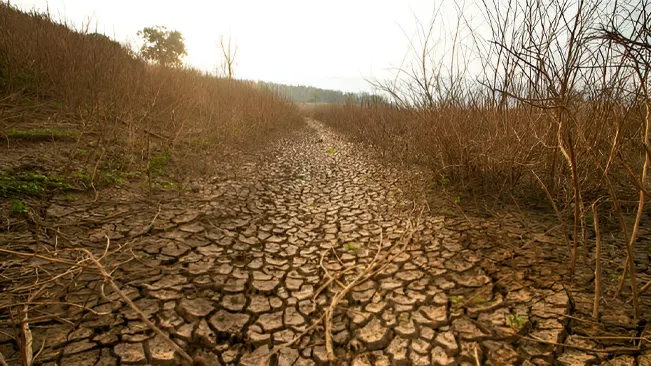
The causes of biodiversity loss are diverse and interconnected, including habitat destruction from deforestation and urban expansion, climate change, pollution, over exploitation of resources, and the introduction of invasive species. These factors not only reduce the number of species but also disrupt the delicate balance of ecosystems, making them less able to adapt to environmental changes and recover from disturbances. Addressing biodiversity loss requires a comprehensive approach that includes conservation efforts, sustainable practices, and global cooperation to protect and restore the rich variety of life on Earth.
Identifying the Causes of Biodiversity Loss
Habitat Destruction
Habitat destruction is a primary driver of biodiversity loss, occurring when natural environments are altered or removed to make way for human activities. Deforestation, for example, involves the clearing of forests for timber, agriculture, or urban development, leading to the loss of countless plant and animal species that rely on these forests for survival.
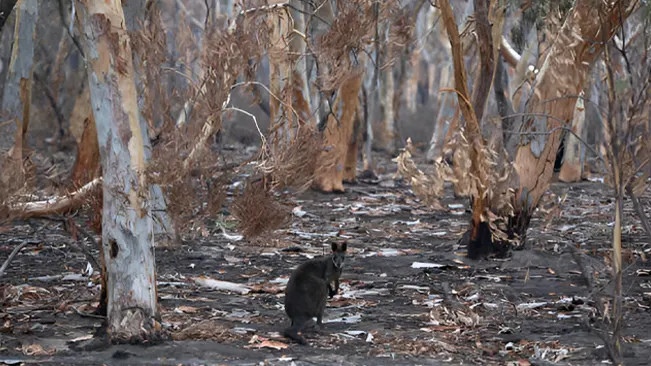
Urbanization similarly contributes to habitat loss as cities and towns expand, replacing natural landscapes with buildings and infrastructure. Agricultural expansion further exacerbates the problem by converting natural habitats into farmlands, often through practices that degrade soil and water resources, thereby displacing many species and reducing overall biodiversity.
Climate Change
Climate change significantly impacts biodiversity by altering the conditions necessary for various species to thrive. The impact of rising temperatures can lead to habitat shifts, forcing species to migrate to cooler areas or face extinction if they cannot adapt quickly enough. This shift can disrupt ecosystems and lead to imbalances between species.
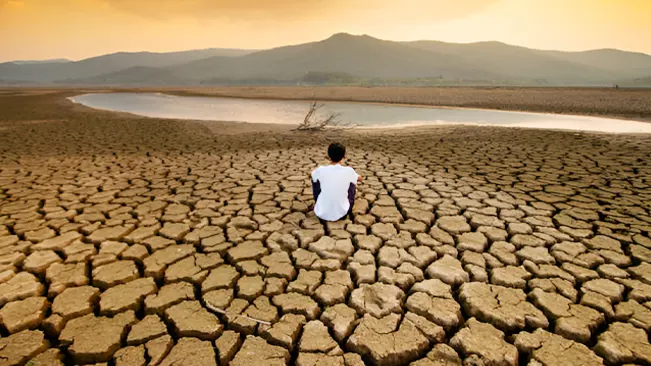
Changing precipitation patterns also affect biodiversity by altering water availability and creating conditions that may be unsuitable for many species. For instance, prolonged droughts can lead to habitat loss, while increased rainfall might cause flooding that disrupts ecosystems. These climate-induced changes can have profound effects on species distribution and ecosystem health.
Pollution
Pollution contributes to biodiversity loss through the contamination of air, water, and soil, adversely affecting the health of both ecosystems and the species that inhabit them. Water pollution from industrial discharges, agricultural runoff, and improper waste disposal can lead to toxic conditions in aquatic environments, harming fish and other aquatic organisms.

Air pollution from vehicle emissions and industrial activities can affect plant health and contribute to climate change, further stressing ecosystems. Soil contamination from pesticides, heavy metals, and other pollutants can degrade land quality, impacting plant growth and the animals that depend on these plants for food and habitat.
Overexploitation
Overexploitation refers to the excessive use of natural resources beyond their capacity to regenerate, leading to the depletion of species and disruption of ecosystems. Overfishing depletes fish stocks faster than they can reproduce, threatening marine biodiversity and destabilizing aquatic food chains.

Overhunting of wildlife for food, trophies, or trade can lead to population declines and disrupt ecological balances. Unsustainable logging practices remove trees at rates that outstrip their natural regeneration, leading to deforestation, loss of habitat, and a decline in species that rely on forests for survival.
Invasive Species
Invasive species are non-native organisms that, when introduced to new environments, can outcompete, displace, or eliminate native species, disrupting local ecosystems. These species often thrive in their new habitats due to the lack of natural predators or competition, leading to significant ecological imbalances.
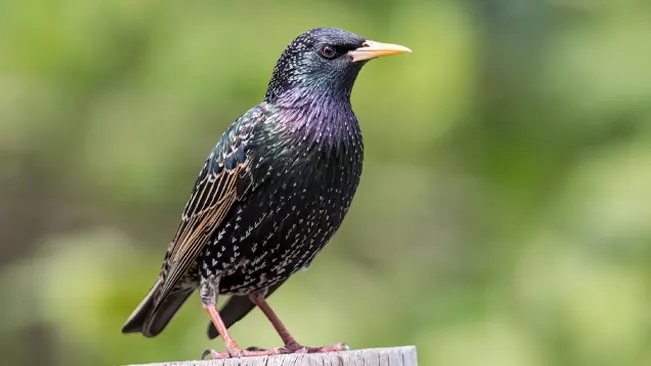
For example, the introduction of European starlings to North America has led to their proliferation at the expense of native bird species. Similarly, the Asian carp in the Great Lakes have outcompeted native fish for resources, threatening aquatic biodiversity. Managing and controlling invasive species is crucial for protecting native ecosystems and preserving biodiversity.
Effects of Loss of Biodiversity
The loss of biodiversity has profound and far-reaching effects on ecosystems and human societies. Ecosystem stability and resilience are significantly compromised when species are lost. Diverse ecosystems are generally more resilient to environmental changes and disturbances because they have multiple species performing various functions. When biodiversity declines, these systems become less capable of withstanding shocks such as climate change, disease outbreaks, or natural disasters. For example, the loss of pollinators due to habitat destruction or pesticide use can lead to reduced crop yields and the collapse of food chains.
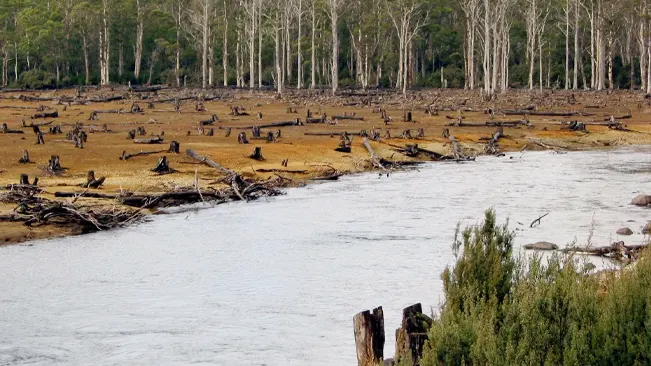
Human well-being is also directly impacted by biodiversity loss. Many of the resources and services that people rely on, such as clean water, fertile soil, and medicinal plants, are linked to healthy ecosystems. Biodiversity loss can lead to reduced availability of these resources and negatively affect livelihoods, particularly for communities that depend on natural resources for their subsistence. Furthermore, the decline of species that play crucial roles in ecosystems such as predators controlling pest populations or plants maintaining soil health can lead to increased agricultural pests, soil erosion, and other issues that undermine human health and economic stability.
Strategies for Preventing Biodiversity Loss
Conservation and Protection Efforts
Establishing protected areas is a fundamental strategy for preventing biodiversity loss. Protected areas, such as national parks, wildlife reserves, and marine sanctuaries, provide safe havens for species to thrive without the pressures of human activities like hunting, logging, or development. These areas help preserve critical habitats and maintain ecological processes essential for the survival of various species. Effective management and enforcement within these areas are crucial to ensure they fulfill their conservation goals.

Implementing conservation programs involves developing and executing initiatives aimed at protecting endangered species and their habitats. These programs may include species recovery plans, habitat management strategies, and community engagement efforts. Conservation programs often involve collaboration between governments, NGOs, local communities, and scientists to address specific threats to biodiversity and to implement measures that enhance the survival and reproduction of vulnerable species.
Restoration Projects
Reforestation and habitat restoration are essential for reversing some of the damage caused by habitat loss. Reforestation involves planting trees in deforested areas to rebuild forests and restore their ecological functions, such as carbon sequestration, water regulation, and habitat provision. Habitat restoration may also include rehabilitating wetlands, grasslands, or other ecosystems that have been degraded by human activities. These projects aim to recreate the conditions necessary for native species to return and thrive.
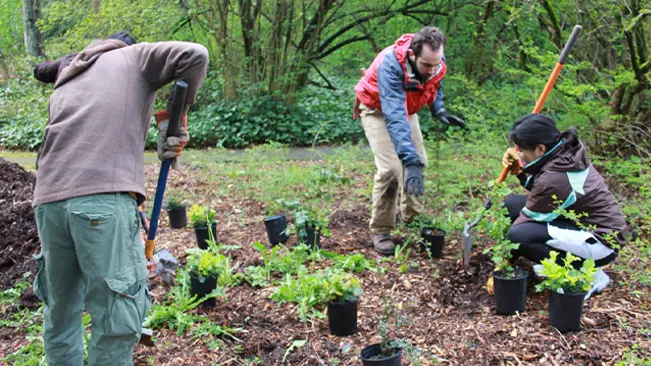
Ecosystem rehabilitation techniques involve a range of methods to restore the functionality of degraded ecosystems. Techniques may include removing invasive species, reintroducing native species, and enhancing soil and water quality. Rehabilitation efforts focus on restoring ecological processes, such as nutrient cycling and water flow, to create a balanced and resilient ecosystem that supports biodiversity.
Policy and Legislation
Enforcing environmental regulations is crucial for preventing biodiversity loss. Effective legislation can protect natural habitats, regulate pollution, and control resource extraction. Governments play a key role in setting and enforcing laws that mitigate threats to biodiversity and promote sustainable practices. Strong legal frameworks, combined with effective monitoring and enforcement, help ensure compliance and protect ecosystems from exploitation and degradation.

Supporting biodiversity-friendly policies involves advocating for and implementing policies that prioritize the conservation of natural resources and ecosystems. This includes integrating biodiversity considerations into land use planning, agriculture, and development projects. Policies that incentivize conservation, such as tax breaks for conservation practices or grants for restoration projects, can encourage stakeholders to adopt practices that benefit biodiversity.
Sustainable Practices
Promoting sustainable agriculture and forestry involves adopting practices that minimize environmental impact and conserve resources. Sustainable agriculture practices, such as crop rotation, organic farming, and agroforestry, help maintain soil health, reduce pollution, and support biodiversity. Sustainable forestry practices, such as selective logging and maintaining forest cover, ensure that forest ecosystems remain functional and resilient while meeting human needs for timber and other resources.
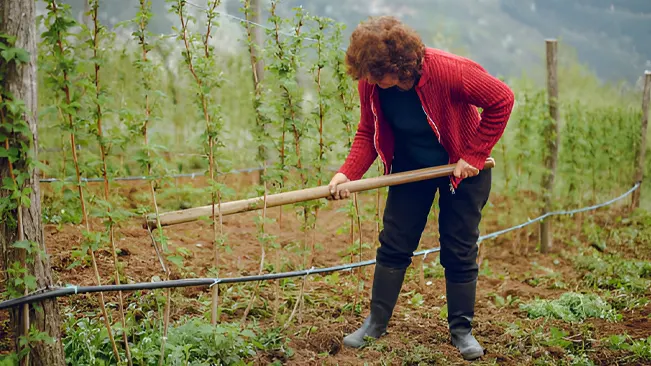
Encouraging responsible consumption means advocating for and adopting practices that reduce the environmental footprint of consumer choices. This includes supporting products that are sustainably sourced, reducing waste, and making environmentally conscious decisions. By choosing products that are certified as sustainable or eco-friendly, consumers can help reduce the demand for resources that contribute to habitat destruction and biodiversity loss.
Public Awareness and Education
Raising awareness about biodiversity is essential for fostering a culture of conservation. Public campaigns, media coverage, and community events can educate people about the importance of biodiversity and the threats it faces. Increased awareness helps build support for conservation initiatives and encourages individuals to take actions that protect the environment.

Educational programs and community involvement play a vital role in engaging people in biodiversity conservation. Schools, universities, and community organizations can offer programs that teach about ecosystems, conservation, and sustainable practices. Involving local communities in conservation efforts, such as through citizen science projects or habitat restoration activities, empowers individuals to contribute to biodiversity protection and fosters a sense of stewardship for natural resources.
Conclusion
Addressing biodiversity loss requires a clear understanding of its causes such as habitat destruction, climate change, pollution, overexploitation, and invasive species. Effective prevention strategies include establishing protected areas, supporting conservation programs, and promoting sustainable practices. By employing assessment tools and raising public awareness, we can measure progress and adapt our efforts. Through collective action and informed policies, we can protect and restore biodiversity, ensuring a healthy and resilient natural world for future generations.
FAQs
- What is biodiversity loss?
Biodiversity loss refers to the decline or disappearance of various species of plants, animals, and microorganisms from their natural habitats or from the planet as a whole. It includes the reduction in the number of species, loss of ecosystems, and the decline in the genetic diversity within species. - What are the main causes of biodiversity loss?
The main causes of biodiversity loss include habitat destruction (such as deforestation and urbanization), climate change, pollution, overexploitation (such as overfishing and overhunting), and the spread of invasive species. - How can habitat destruction be identified and addressed?
Habitat destruction can be identified using remote sensing technologies to monitor land use changes, field surveys to assess species presence, and ecological modeling to predict impacts. Addressing it involves establishing protected areas, enforcing land use regulations, and restoring degraded habitats. - What methods are used to measure the effects of climate change on biodiversity?
Methods include long-term monitoring programs to track species and ecosystem changes, climate models to predict future impacts, phenological studies to observe changes in biological events, and genetic analyses to understand adaptation processes. - How can pollution levels and their effects on biodiversity be assessed?
Pollution levels are assessed through chemical analysis of air, water, and soil samples. The effects on biodiversity are studied using bioindicators to gauge ecosystem health, toxicology studies on species, and ecological assessments to understand broader impacts. - What strategies can be used to prevent overexploitation of natural resources?
Strategies include monitoring population trends of exploited species, regulating resource extraction through quotas and sustainable practices, and assessing the ecological impacts of resource removal to ensure it does not disrupt ecosystem balance. - How can the spread and impact of invasive species be monitored?
Monitoring involves surveying and mapping invasive species distribution, conducting ecological studies to assess their impact, performing genetic analyses to track their spread, and evaluating management and control efforts to mitigate their effects. - What role does public awareness play in preventing biodiversity loss?
Public awareness helps build support for conservation efforts, educates people about the importance of biodiversity, and encourages sustainable practices. Effective awareness campaigns and educational programs engage communities in protecting natural resources. - How can individuals contribute to preventing biodiversity loss?
Individuals can contribute by supporting sustainable products, reducing waste, participating in local conservation activities, spreading awareness about biodiversity, and advocating for policies that protect natural habitats and species. - Why is it important to address biodiversity loss?
Addressing biodiversity loss is crucial because it ensures the health and resilience of ecosystems, supports essential services like clean water and pollination, and maintains the balance of natural systems that are vital for human survival and well-being.

Joel Cunningham
Forestry AuthorI'm Joel Cunningham, an expert in pruning and weed management with over a decade of experience. My skills are rooted in formal training and extensive practice, focusing on advanced pruning techniques and efficient weed control. I'm known for my quality work, precision, and deep understanding of plant health and soil dynamics. My contributions extend to educational initiatives where I share sustainable practices and advice, establishing myself as a reliable and authoritative figure in the gardening community.


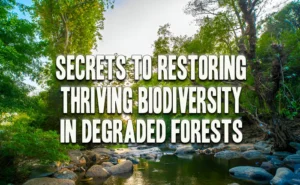





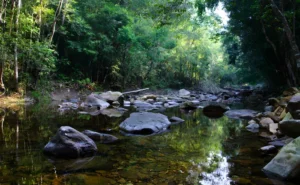
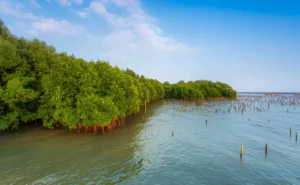


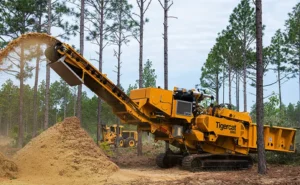
Leave your comment